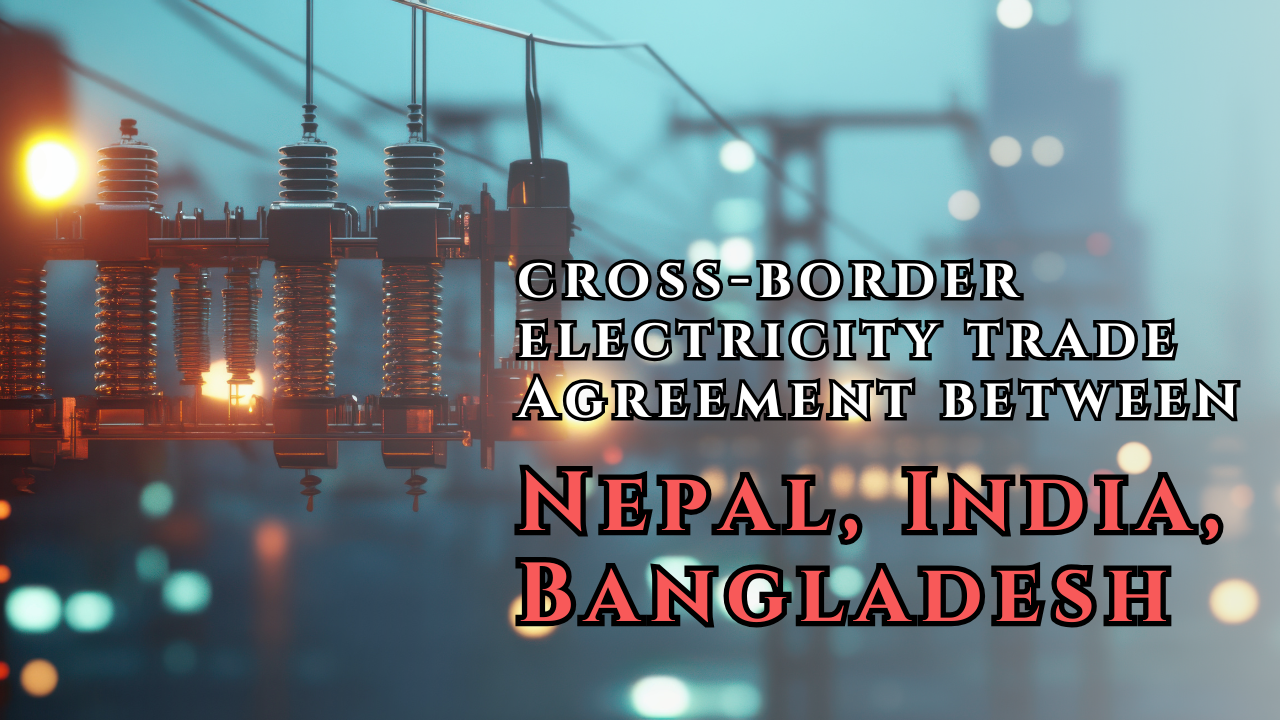Emergency Day to be observed as ‘Samvidhaan Hatya Diwas’
Context:
India’s Home Minister announced that the government will mark the Emergency Day, i.e., June 25, as ‘Samvidhaan Hatya Diwas‘ to commemorate the massive contributions of all those who endured the inhuman pains of the 1975 Emergency.
Purpose of observing Samvidhaan Hatya Diwas:
- To honour the spirit of millions who revived democracy despite facing severe persecution from an oppressive government.
- Keep the eternal flame of individual freedom and the defence of our democracy alive in every Indian, thus preventing dictatorial forces from repeating those horrors.
Indian constitution provides for the below three kinds of emergencies;
Constitutional Provision:
National Emergency provisions are contained in Part XVIII of the Constitution of India, from Articles 352-354 and 358-359.
Article 352 of the Indian Constitution deals with the “proclamation of emergency”.
- The President may, on the advice of the Cabinet (added by 44th amendment) headed by the Prime Minister, issue a proclamation of emergency if the security of India or any part of the country is threatened by “war or external aggression, or armed rebellion”.
- In 1975, instead of armed rebellion, the ground of “internal disturbance” was available to the government to proclaim an emergency.
- The 44th Constitutional Amendment replaced internal disturbance with armed rebellion.
Parliamentary approval:
- Within one month after the date of its issuance, it must be ratified by both houses of parliament by a special majority — a majority of the total strength of the House and not less than two-thirds of the members present and voting(added by 44th amendment).
- If the Lok Sabha is not in session or has been dissolved, the proclamation must be approved within 30 days from the first sitting of the newly constituted Lok Sabha.
Duration of emergency: Normally, the emergency will be in effect for six months after approval.
- However, such a proclamation may be extended indefinitely, with each extension receiving Parliamentary approval by a special majority every six months.
Revocation:
- The President may revoke the state of emergency at any time by issuing a new proclamation to that effect.
- Also, if the Lok Sabha adopts a resolution by a simple majority rejecting the continuation of the emergency, the emergency stands revoked.
- Articles 353 &354 provide provisions about the “Effect of Proclamation of Emergency.”
Effects on the centre-state relations:
- Executive: During a national emergency, the centre’s executive authority extends to advising any state on how to exercise its executive authority.
- Legislative: The parliament can enact laws on any item included in the state list during a national emergency.
- Prolonging state Assembly: Parliament may repeatedly extend the normal term of a state Legislative Assembly by one year, up to a maximum of six months after the situation has ended.
- Financial(Article 354): The president has the authority to scale back or stop the distribution of funds from the central government to the states.
Articles 358 and 359 of the constitution: The impact of a national emergency on fundamental rights is outlined
- Under Article 358, the six fundamental rights under Article 19 are automatically suspended without a separate court order.
- Article 359 allows the president to suspend the right to petition courts for the enforcement of other fundamental rights, delaying their enforcement but not the rights themselves.
|
About the Emergency Period :
Reasons:
Steps taken during Emergency:
Outcome of Emergency
|



